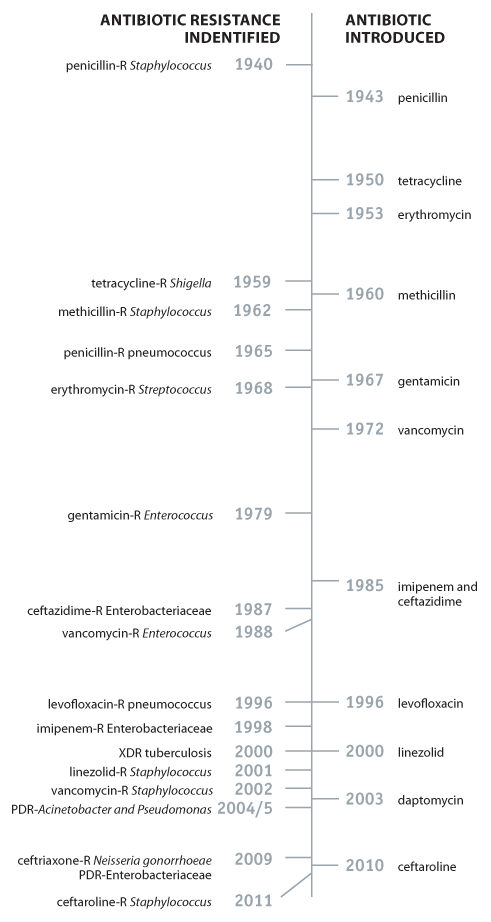About Antimicrobial Resistance
Antibiotic resistance happens when germs like bacteria and fungi develop the ability to defeat the drugs designed to kill them. That means the germs are not killed and continue to grow.
Infections caused by antibiotic-resistant germs are difficult, and sometimes impossible, to treat. In most cases, antibiotic-resistant infections require extended hospital stays, additional follow-up doctor visits, and costly and toxic alternatives.
Antibiotic resistance does not mean the body is becoming resistant to antibiotics; it is that bacteria have become resistant to the antibiotics designed to kill them.
Antibiotic Resistance Threatens Everyone
Antibiotic resistance has the potential to affect people at any stage of life, as well as the healthcare, veterinary, and agriculture industries, making it one of the world’s most urgent public health problems.
Each year in the U.S., at least 2 million people are infected with antibiotic-resistant bacteria, and at least 23,000 people die as a result.
No one can completely avoid the risk of resistant infections, but some people are at greater risk than others (for example, people with chronic illnesses). If antibiotics lose their effectiveness, then we lose the ability to treat infections and control public health threats.
Many medical advances are dependent on the ability to fight infections using antibiotics, including joint replacements, organ transplants, cancer therapy, and treatment of chronic diseases like diabetes, asthma, and rheumatoid arthritis.
Brief History of Resistance and Antibiotics
Penicillin, the first commercialized antibiotic, was discovered in 1928 by Alexander Fleming. Ever since, there has been discovery and acknowledgement of resistance alongside the discovery of new antibiotics. In fact, germs will always look for ways to survive and resist new drugs. More and more, germs are sharing their resistance with one another, making it harder for us to keep up.
Timeline of Antibiotic Resistance Compared to Antibiotic Development






















.png)









No hay comentarios:
Publicar un comentario